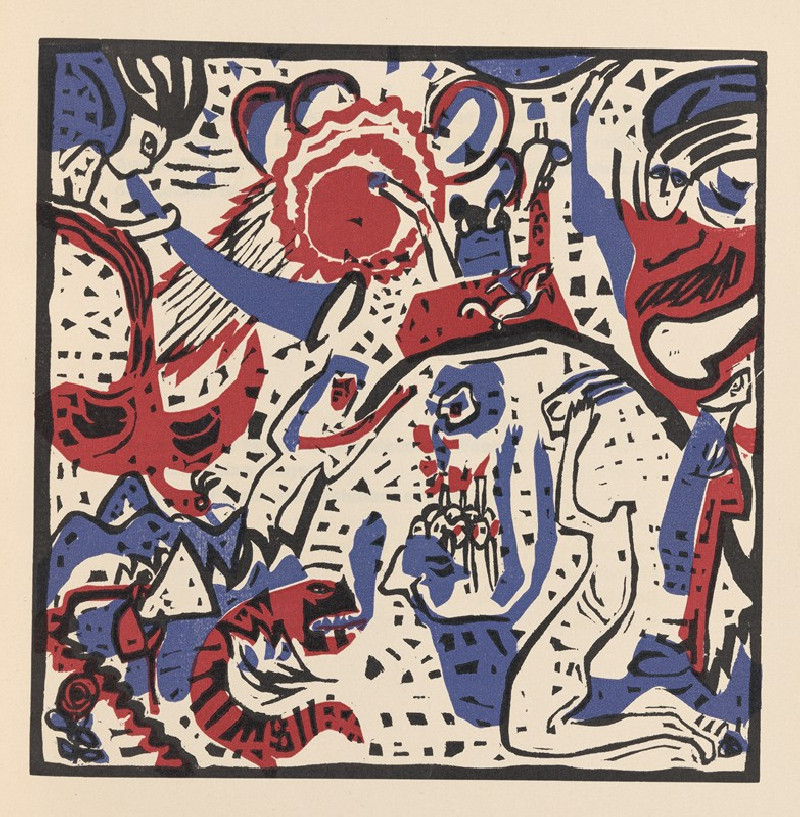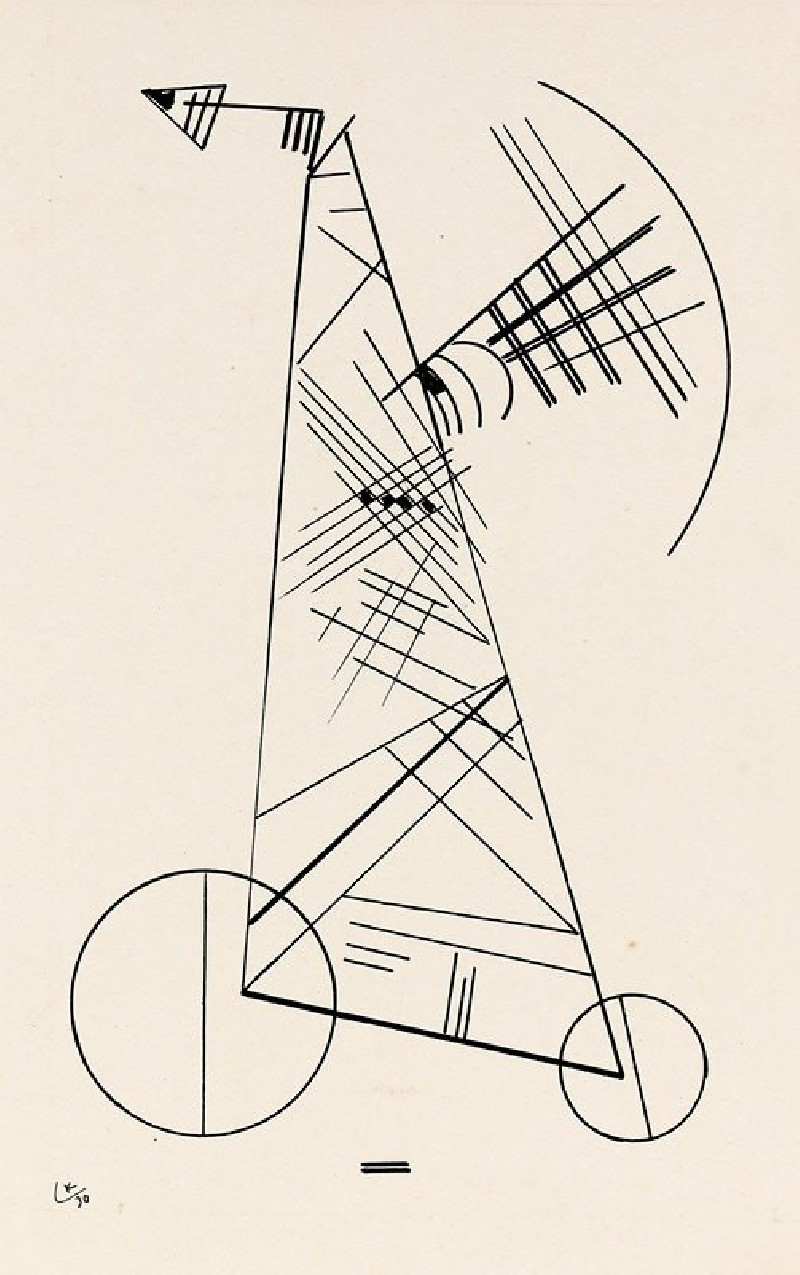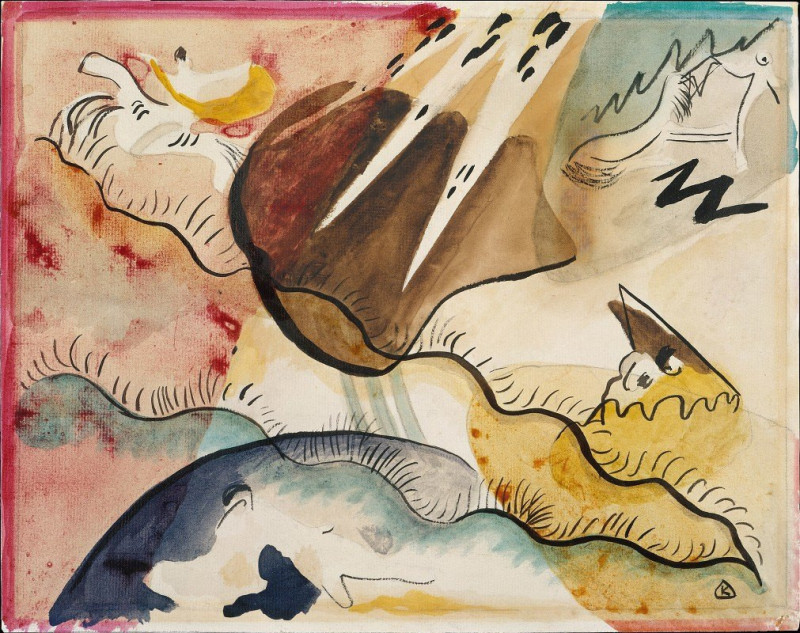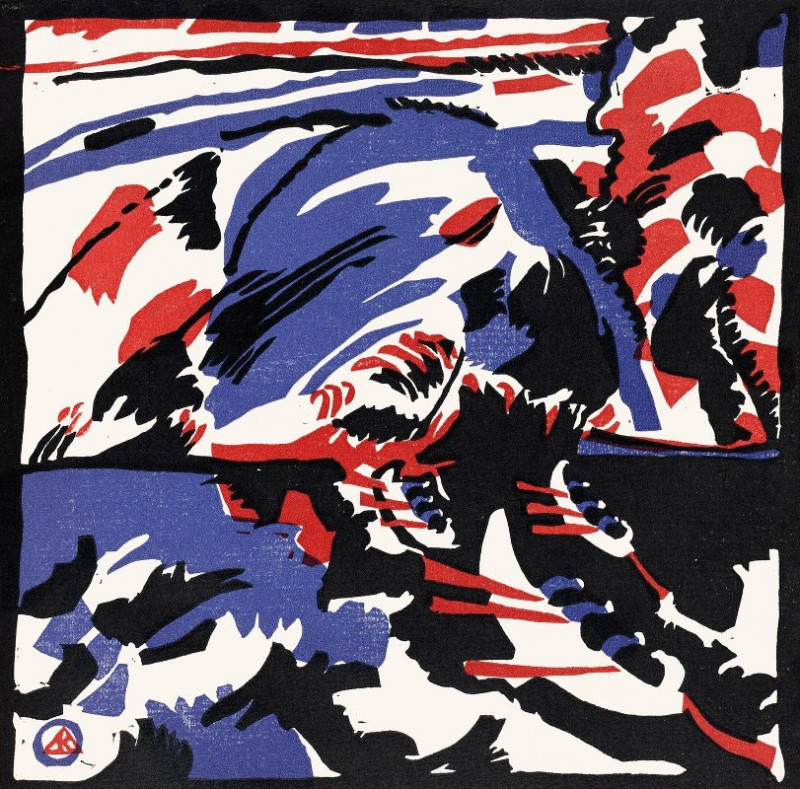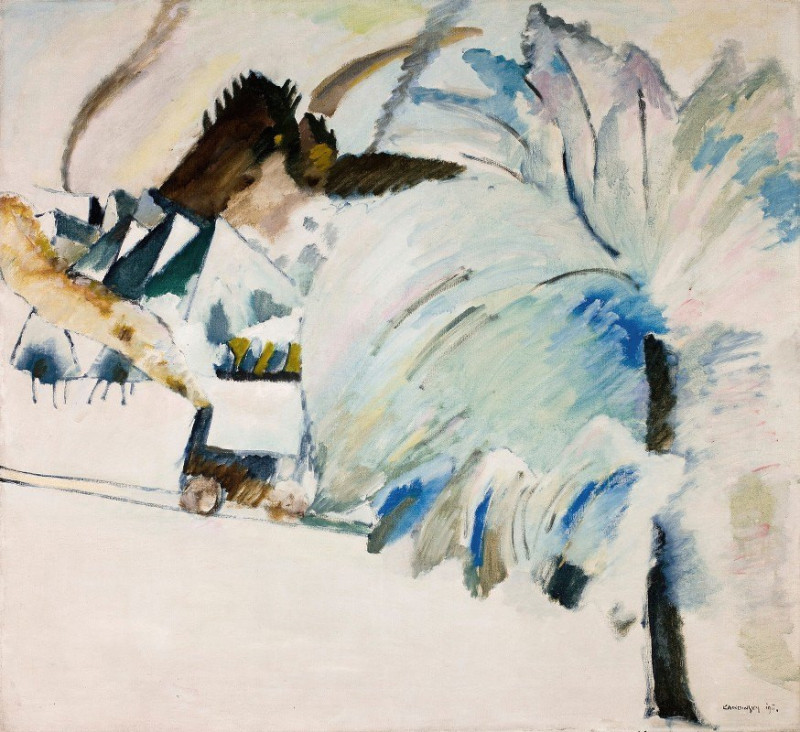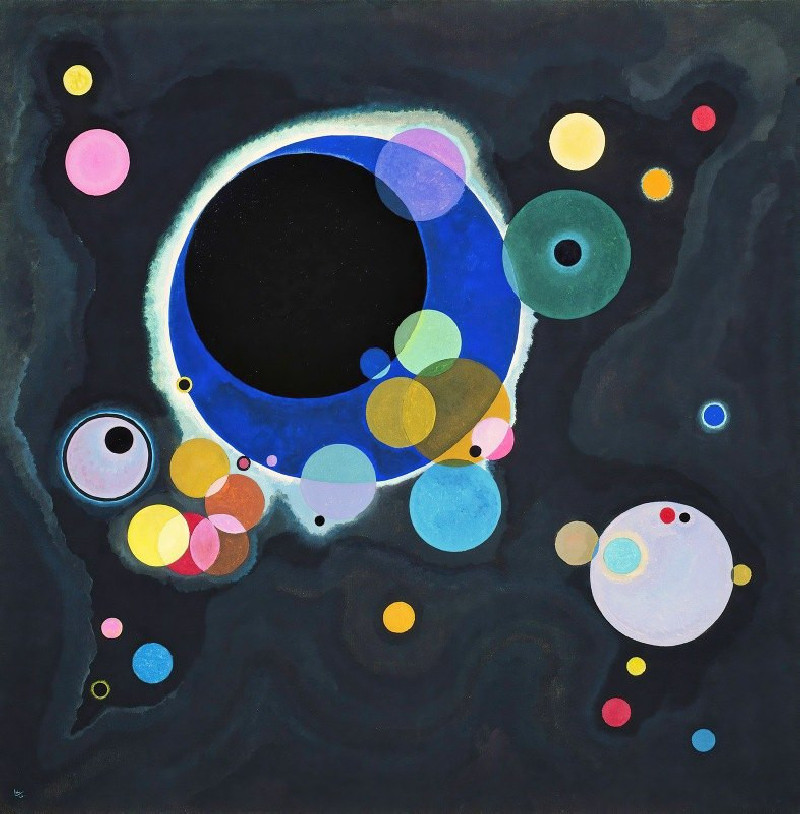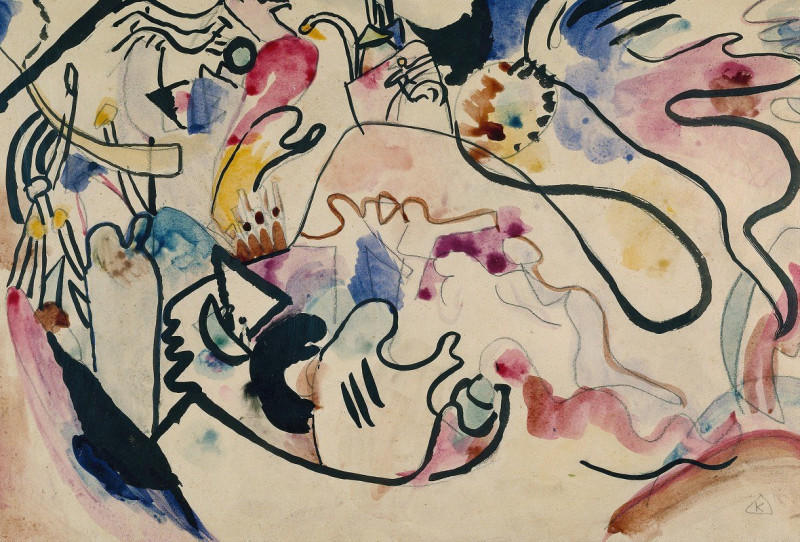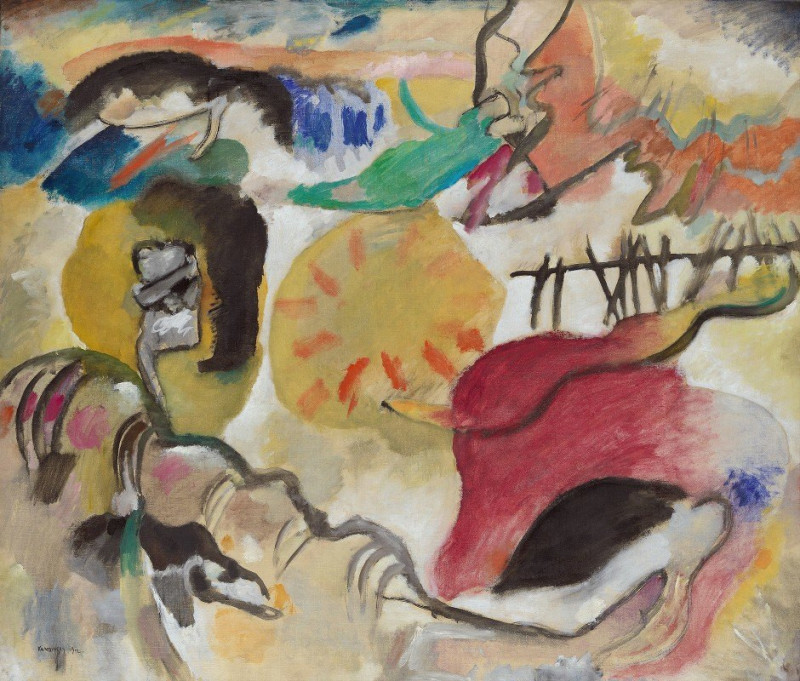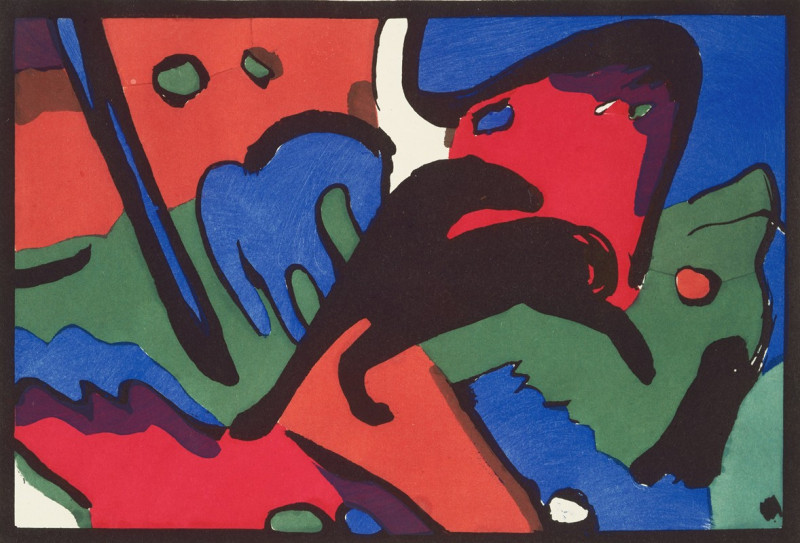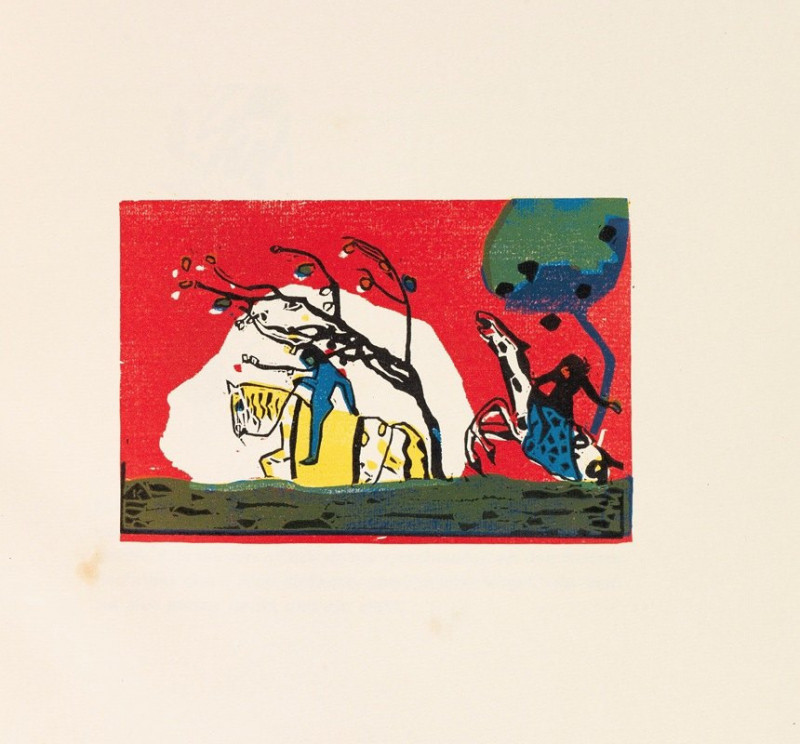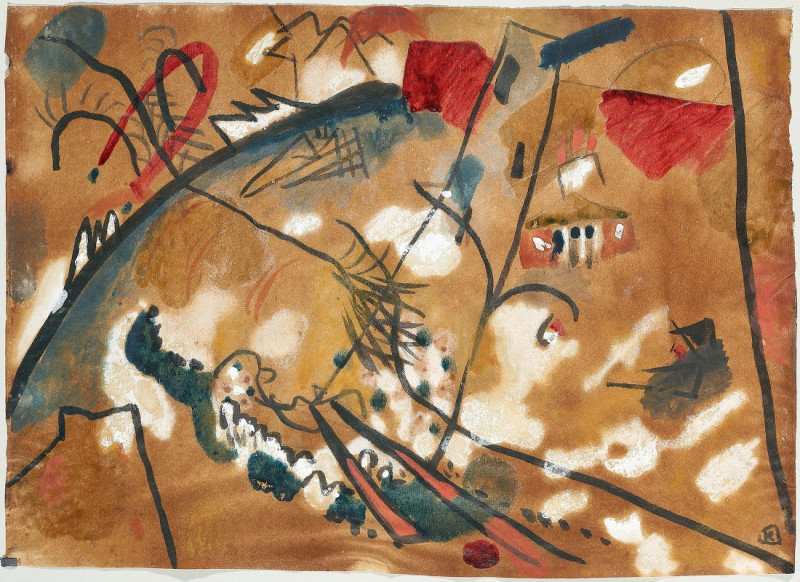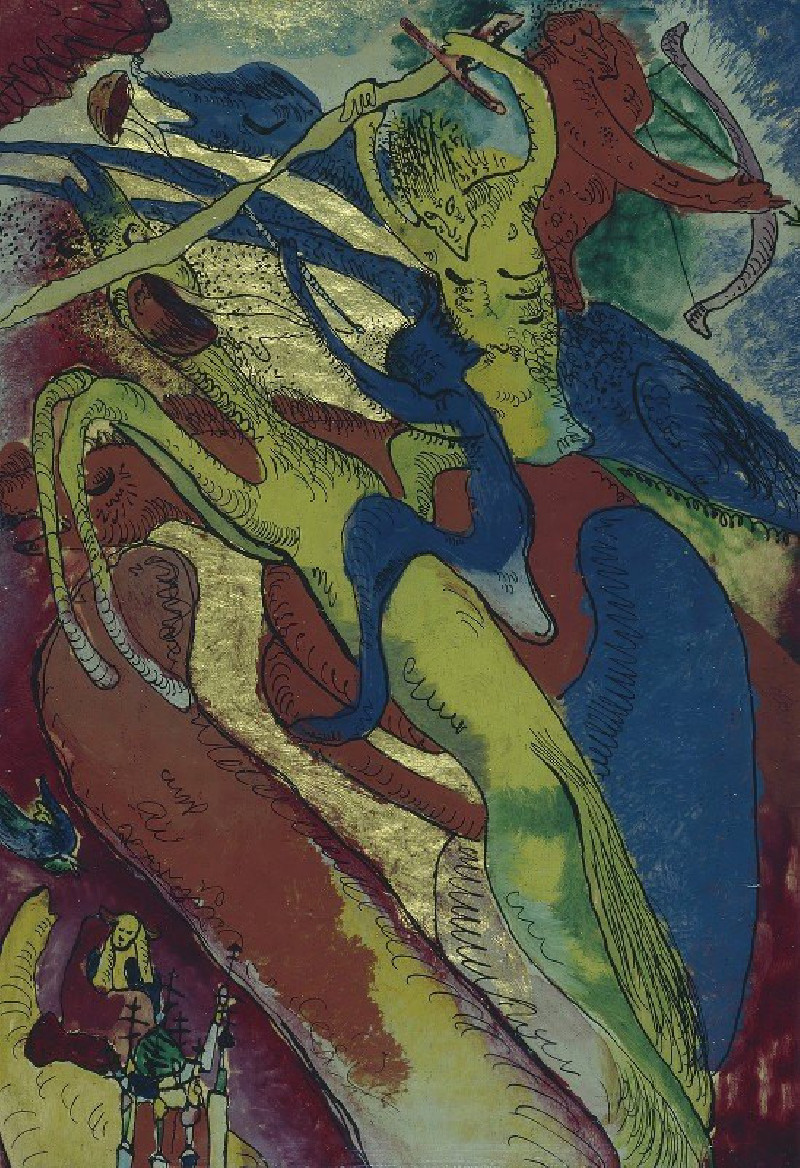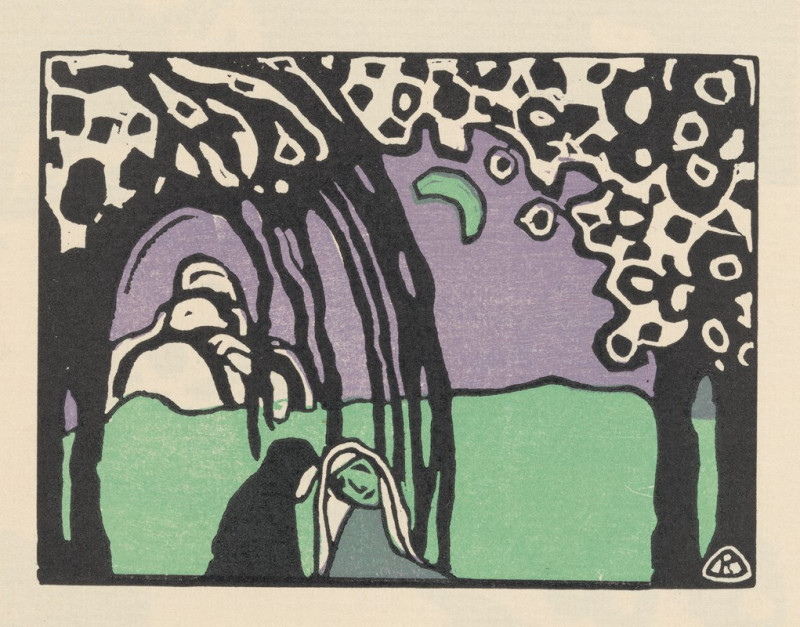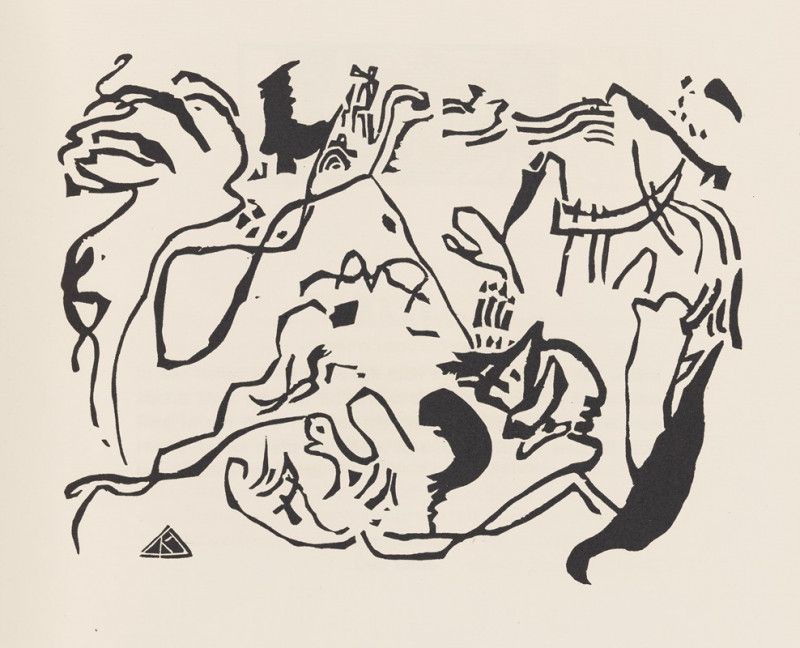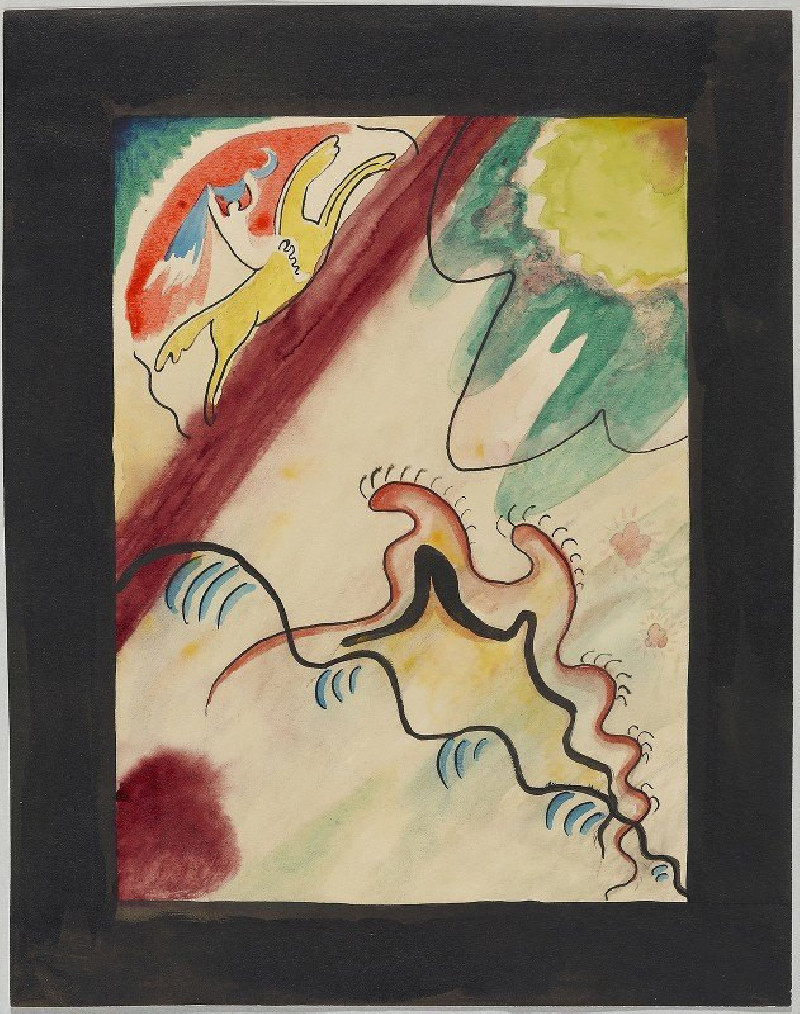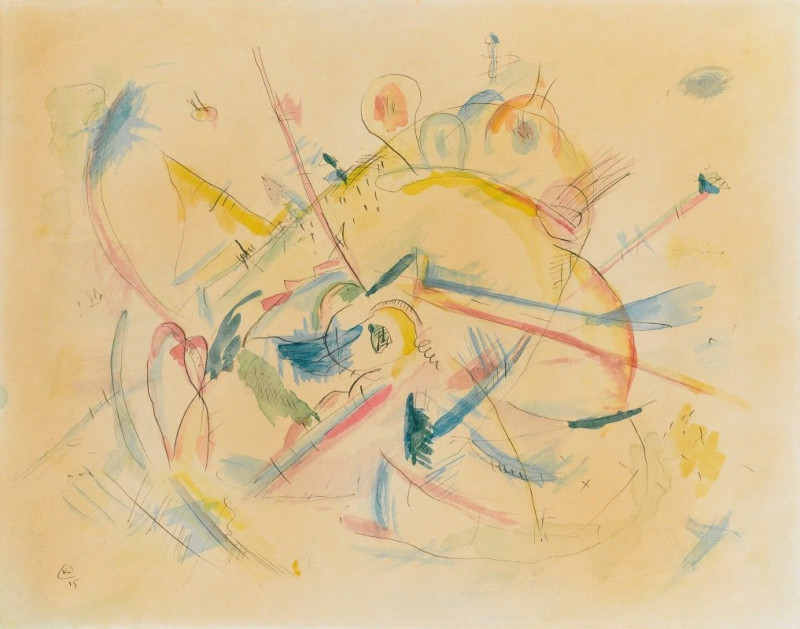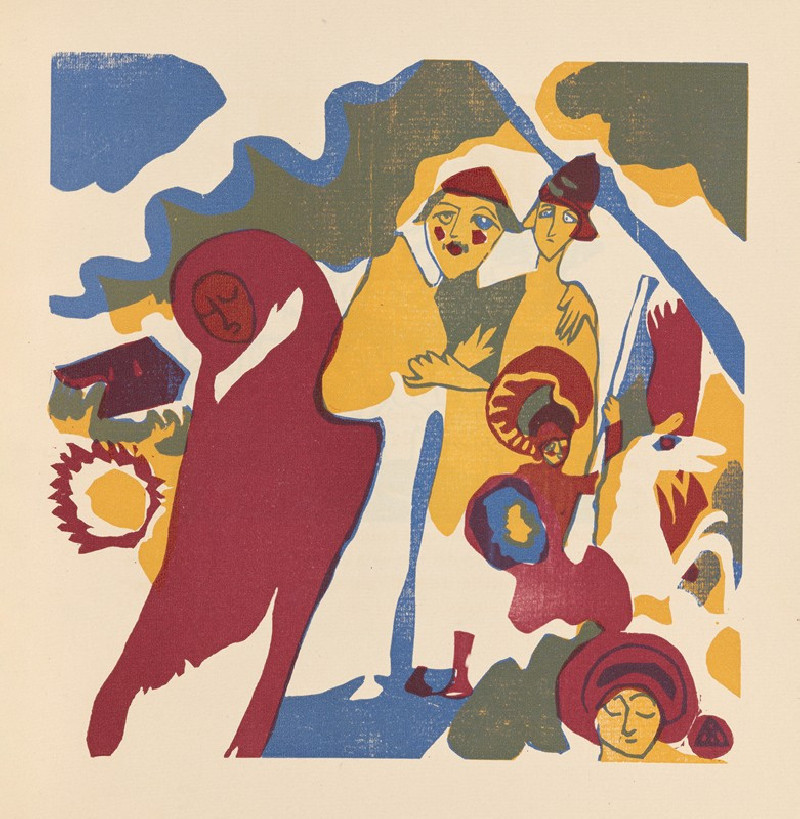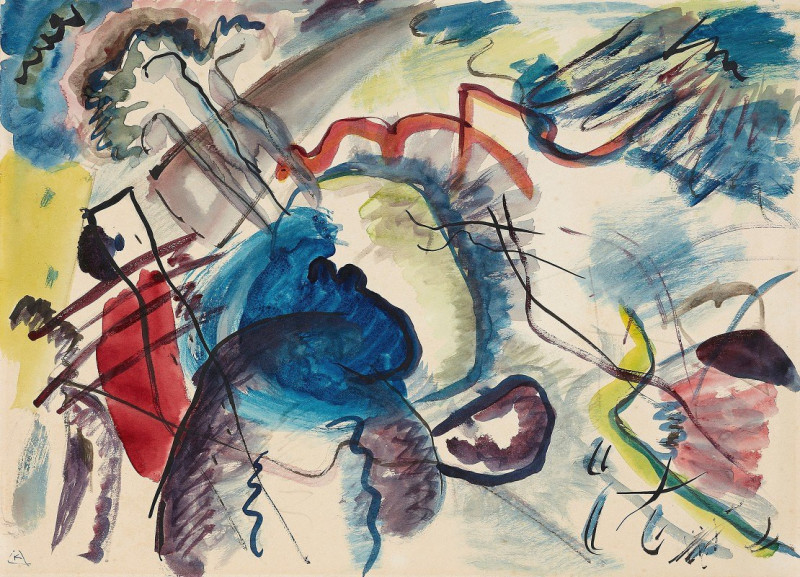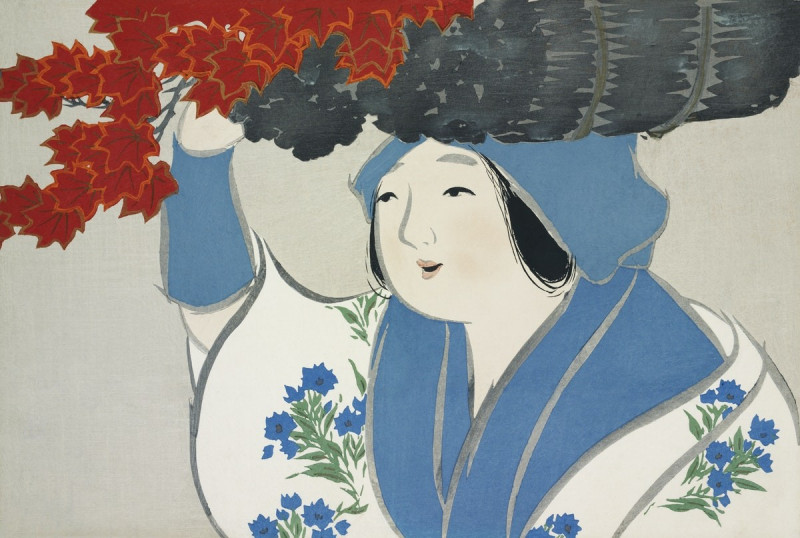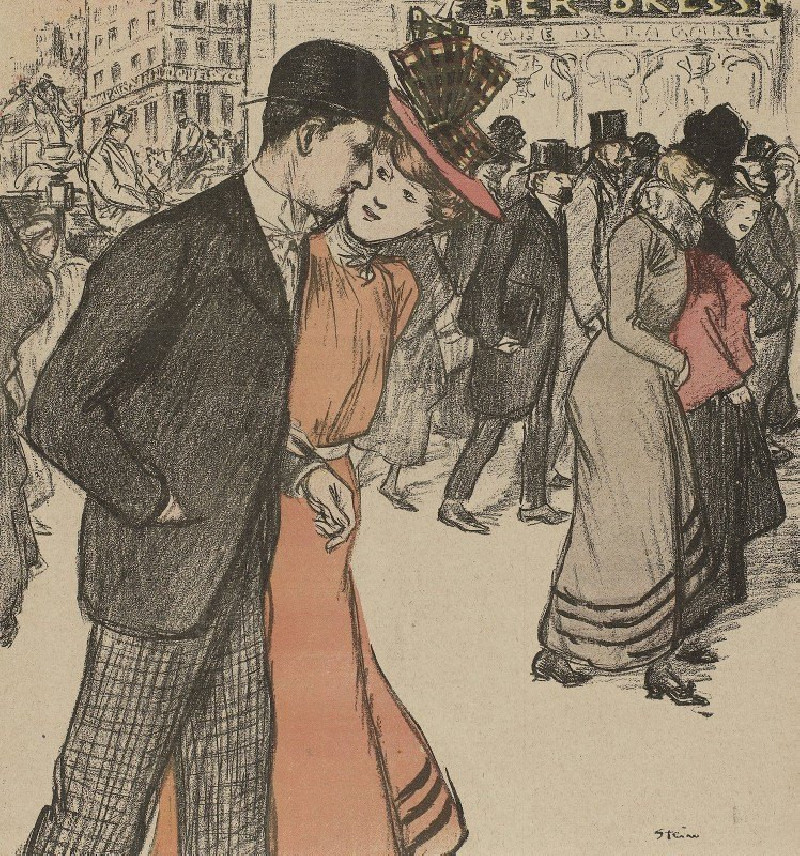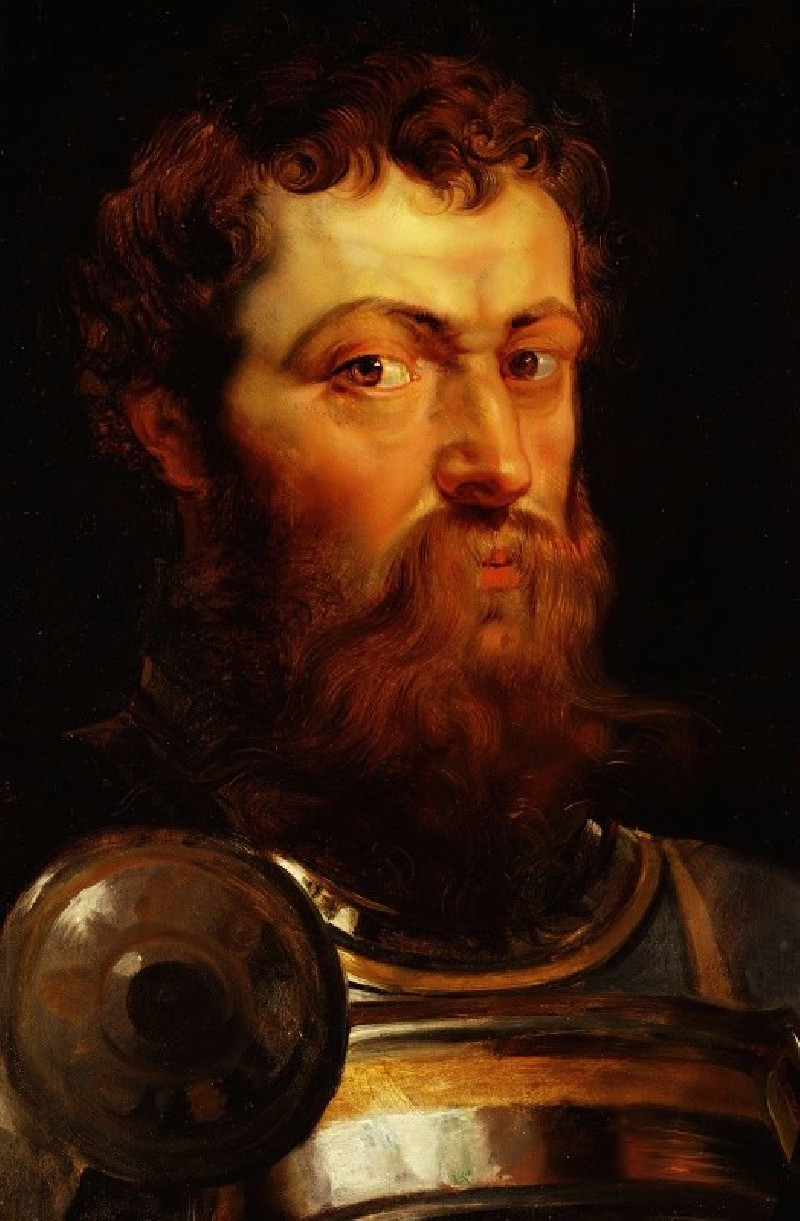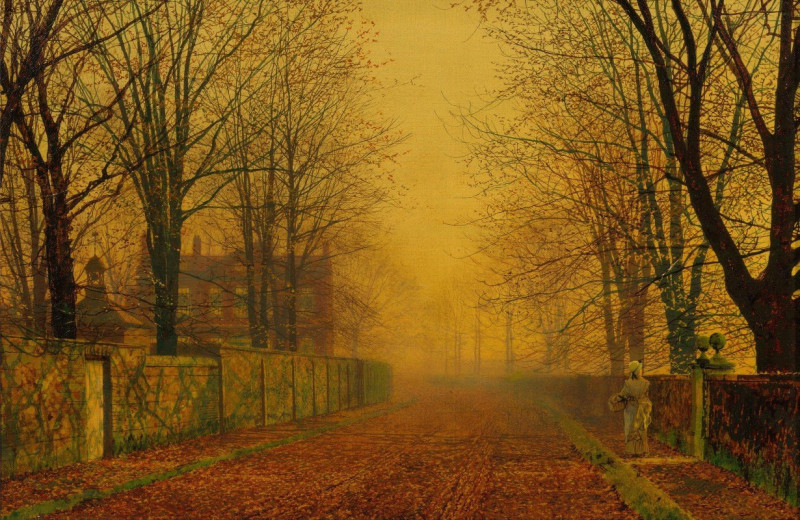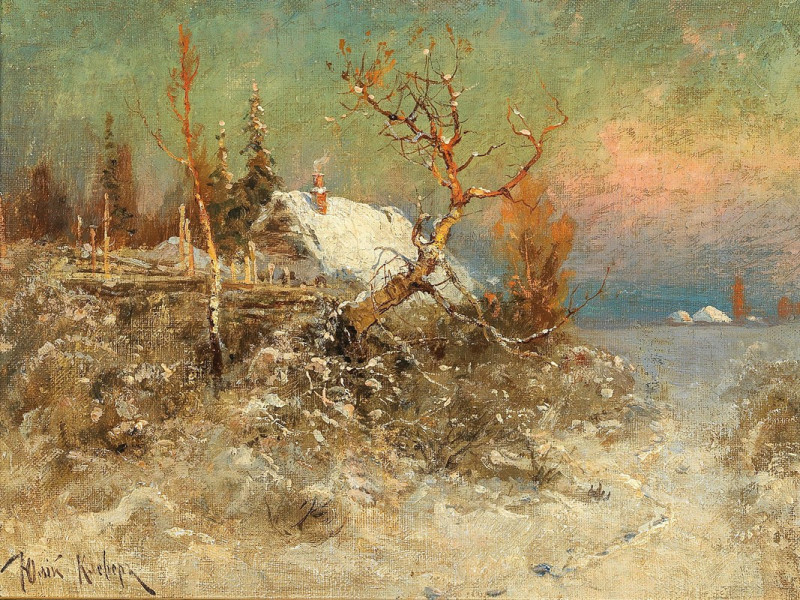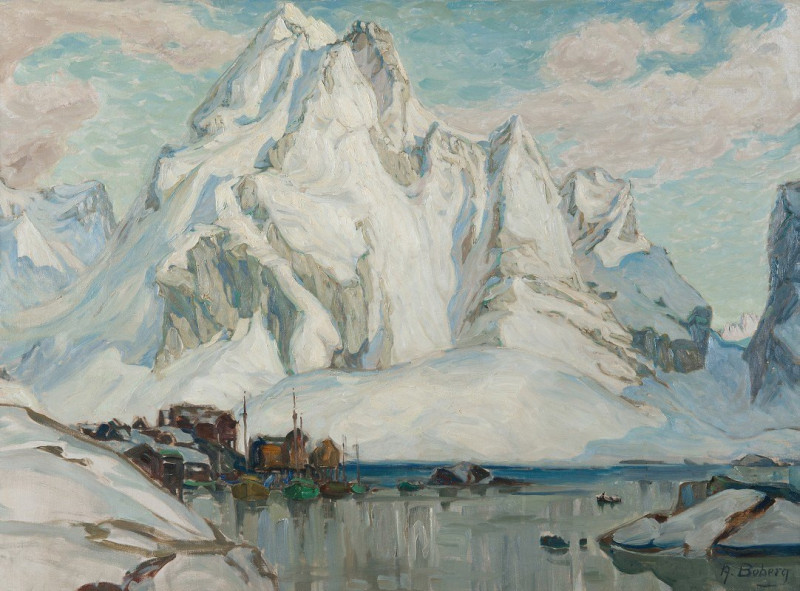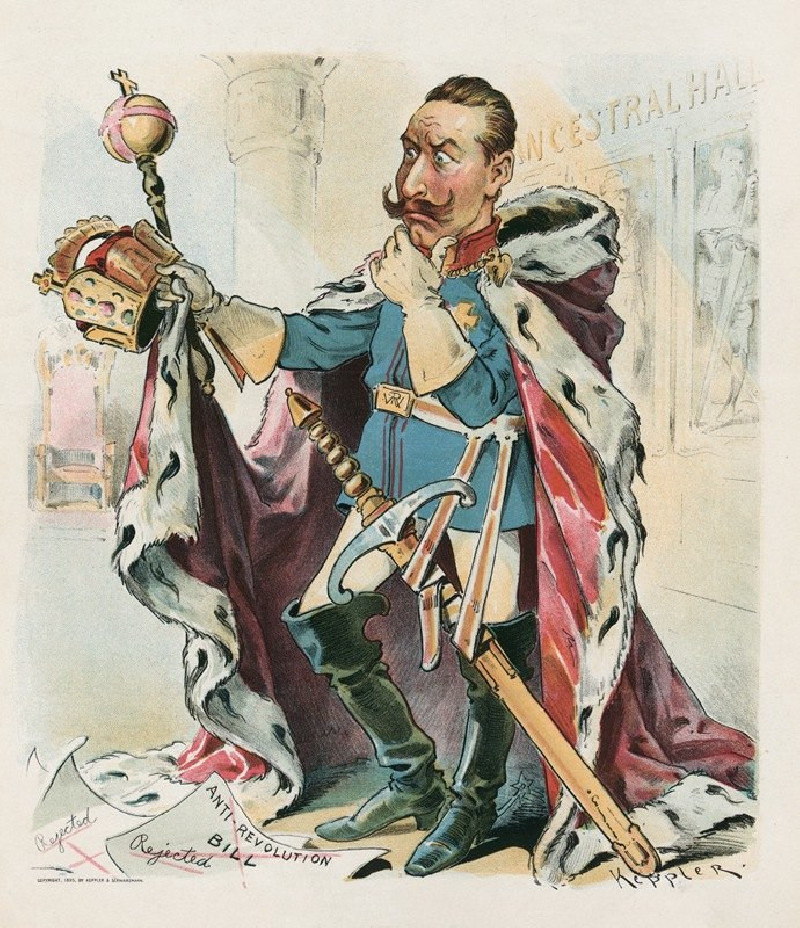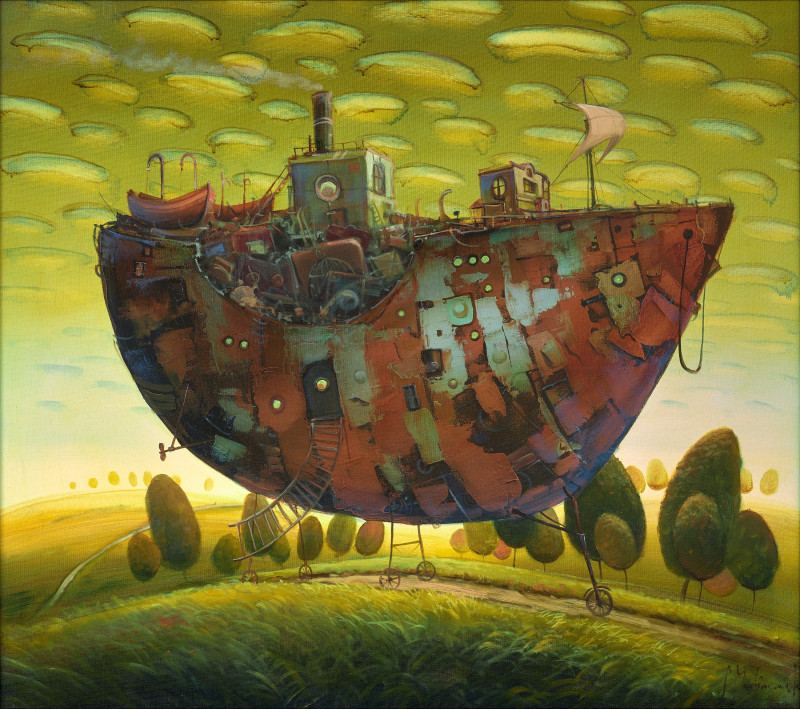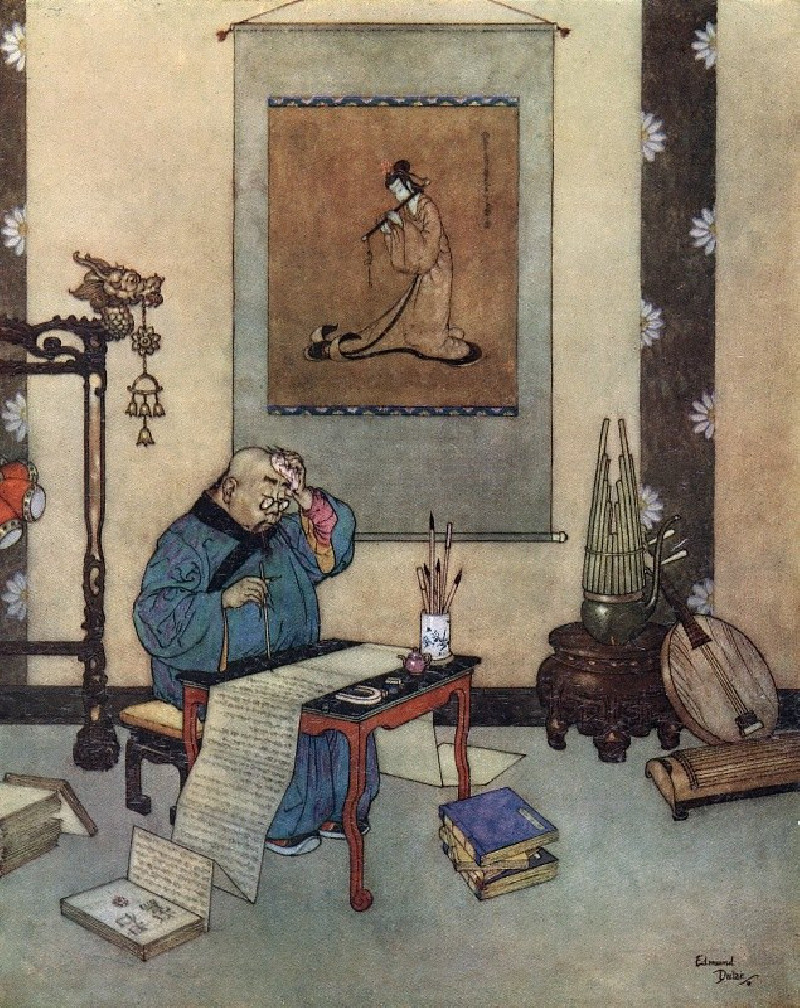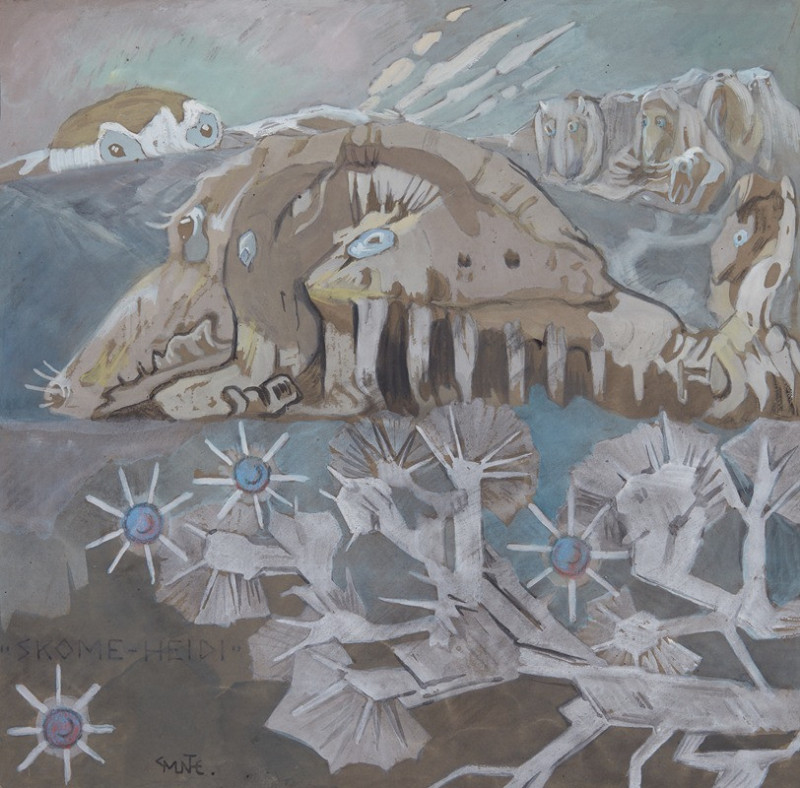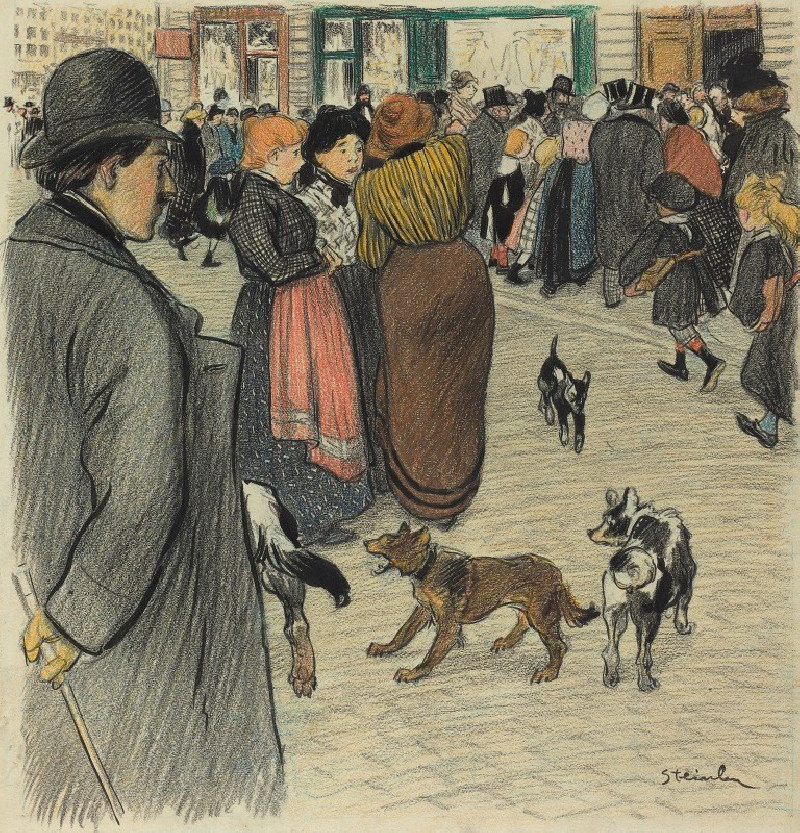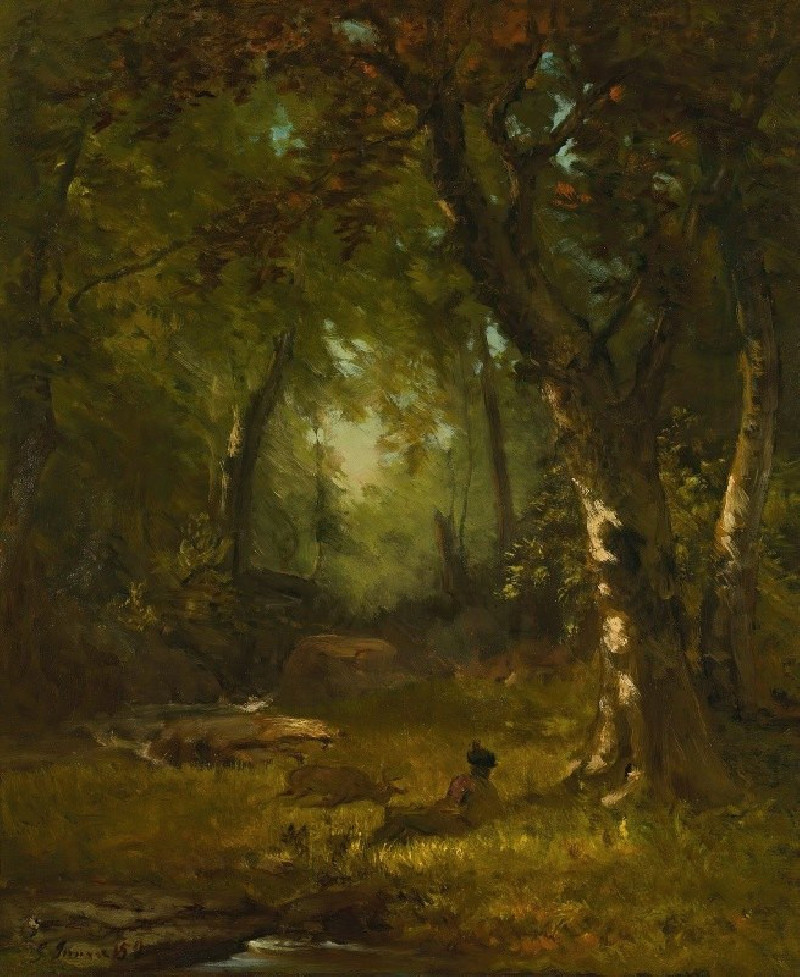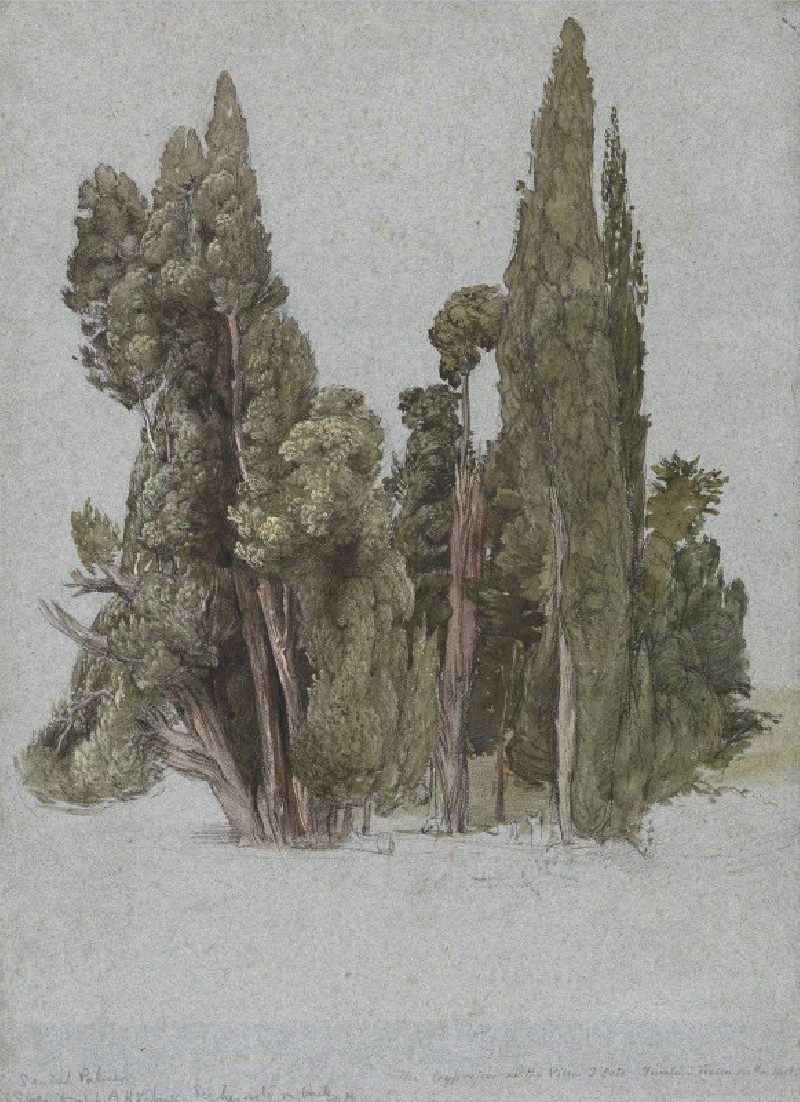Klänge Pl.11 (1913)
Technique: Giclée quality print
Recommended by our customers
More about this artwork
The painting "Klänge Pl.11" by Wassily Kandinsky, created in 1913, is a vibrant example of his pioneering abstract style. This artwork employs bold, primary colors—red, blue, and black—contrasted against a cream background, which are characteristic of his compositions from this period. Structured as what appears to be a woodcut print, the image consists of a variety of forms and shapes that interlock and overlap in dynamic, almost frenetic patterns.In "Klänge Pl.11," Kandinsky doesn't depict recognizable figures or landscapes. Instead, he creates an immersive visual field made of abstract elements that could be interpreted as suggestive of various objects, or perhaps figures and faces, depending on one's perspective. The central elements could be seen as concentric circles or spirals, focal points that draw the eye and suggest movement. Around these, there are angular forms, curves, and disjointed lines that might evoke the feeling of a musical composition — which aligns with Kandinsky’s interest in the interrelation between art and music.Kandinsky often aimed to evoke sound through sight and believed that colors and forms could produce sensorial experiences similar to those evoked by music. This painting could be seen as an attempt to visualize sound or create the visual equivalent of a symphony, with thematic variations and rhythmic patterns that play across the canvas.
Delivery
Returns
Wassily Wassilyevich Kandinsky was a Russian painter and art theorist. Kandinsky is generally credited as the pioneer of abstract art. Born in Moscow, Kandinsky spent his childhood in Odessa, where he graduated at Grekov Odessa Art school. He enrolled at the University of Moscow, studying law and economics. Successful in his profession—he was offered a professorship (chair of Roman Law) at the University of Dorpat today Tartu, Estonia)—Kandinsky began painting studies (life-drawing, sketching and anatomy) at the age of 30.

